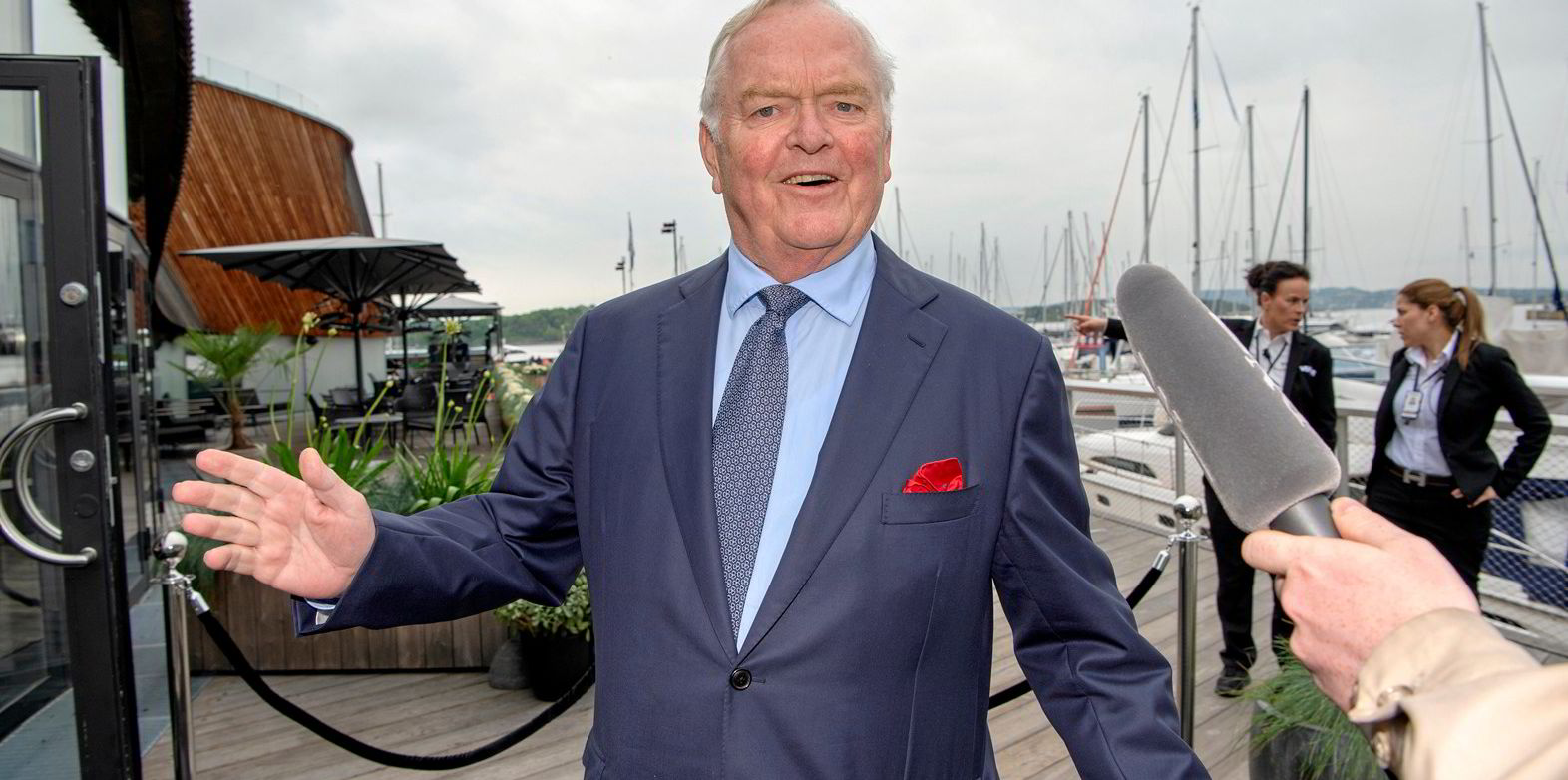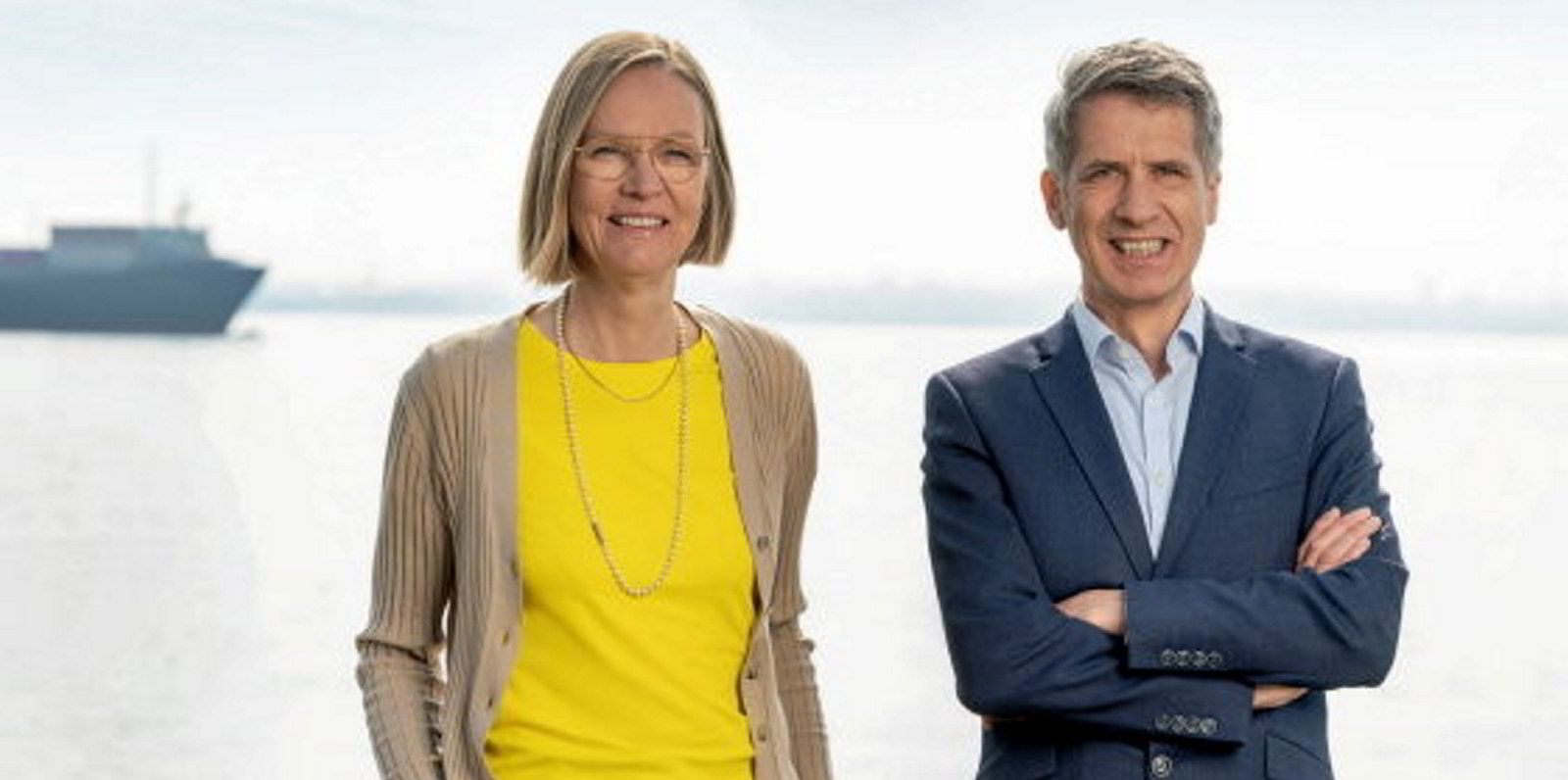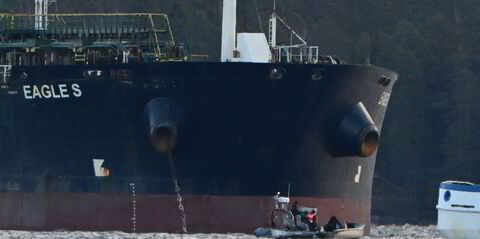Dividends are important for New York-listed Nordic American Tankers (NAT), the suezmax specialist tanker run by the eccentric Norwegian Herbjorn Hansson.
Don’t take Streetwise’s word for it. Just take a look at almost any “shareholder letter” from Hansson to the masses of largely mom-and-pop retail investors who make up NAT’s base.
“We will always prioritise dividend,” the tanker owner said on 23 May.
“It is always an objective for NAT to prioritise dividend payments,” the owner said less than a month earlier, on 29 April.
To that end, it would have been nothing less than shocking had NAT failed to deliver a dividend after yet another loss-making quarter in the first three months of 2022.
And the company did indeed ladle out a 99th consecutive quarterly distribution to be paid in July. At some point in the fall, NAT is expected to deliver a 100th straight dividend – believed to be a record for a public shipowner.
Those reliable quarterly distributions used to make NAT the darling of its large retail investor base, helping its shares trade consistently above the fleet’s net asset value (NAV) and use its shares as an effective currency to buy steel.
But somewhere along the line, the bloom came off the rose for Hansson and NAT.
It no longer trades at a premium to NAV. HC Wainwright analyst Magnus Fyhr has pegged its share price at an 18% discount to NAV, against a 17% discount for the rest of the tanker stocks under his coverage.
What’s changed?
NAT may pay a dividend, but it’s not a large one: it doubled to two cents for the first quarter, preceded by distributions of $0.01, $0.01, $0.02 and $0.02 in 2021.
But it’s not just the size of the dividend. Equity analysts caught on long ago that NAT management is willing to do what’s needed to even as it faces operating losses in a trough market.
The favoured tactic of late has been to quietly issue stock through an at-the-market (ATM) sales programme under which shares are dribbled out into the market gradually at a time of the bank underwriter’s choosing.
Norway’s NAT used a total $16.8m of its existing $60m ATM authorisation to help prop up the dividend in the loss-making quarter.
With NAT trading below NAV, issuing stock at such levels is dilutive to existing shareholders – and in other words the exact opposite of NAT’s original business model, which was to raise equity at times of NAV premiums.
Evercore ISI analyst Jonathan Chappell has been a long-time NAT critic and headlined a recent client note “Persistently Underperforming”.
Chappell takes into account that even when NAT has improved rates to trumpet, they tend to be worse than its suezmax peers.
So although it did guide to 70% of second-quarter days booked at a stronger $20,000 per day, this placed it behind Teekay Tankers at $27,400, International Seaways at $24,600 and in line with Euronav’s $19,700.
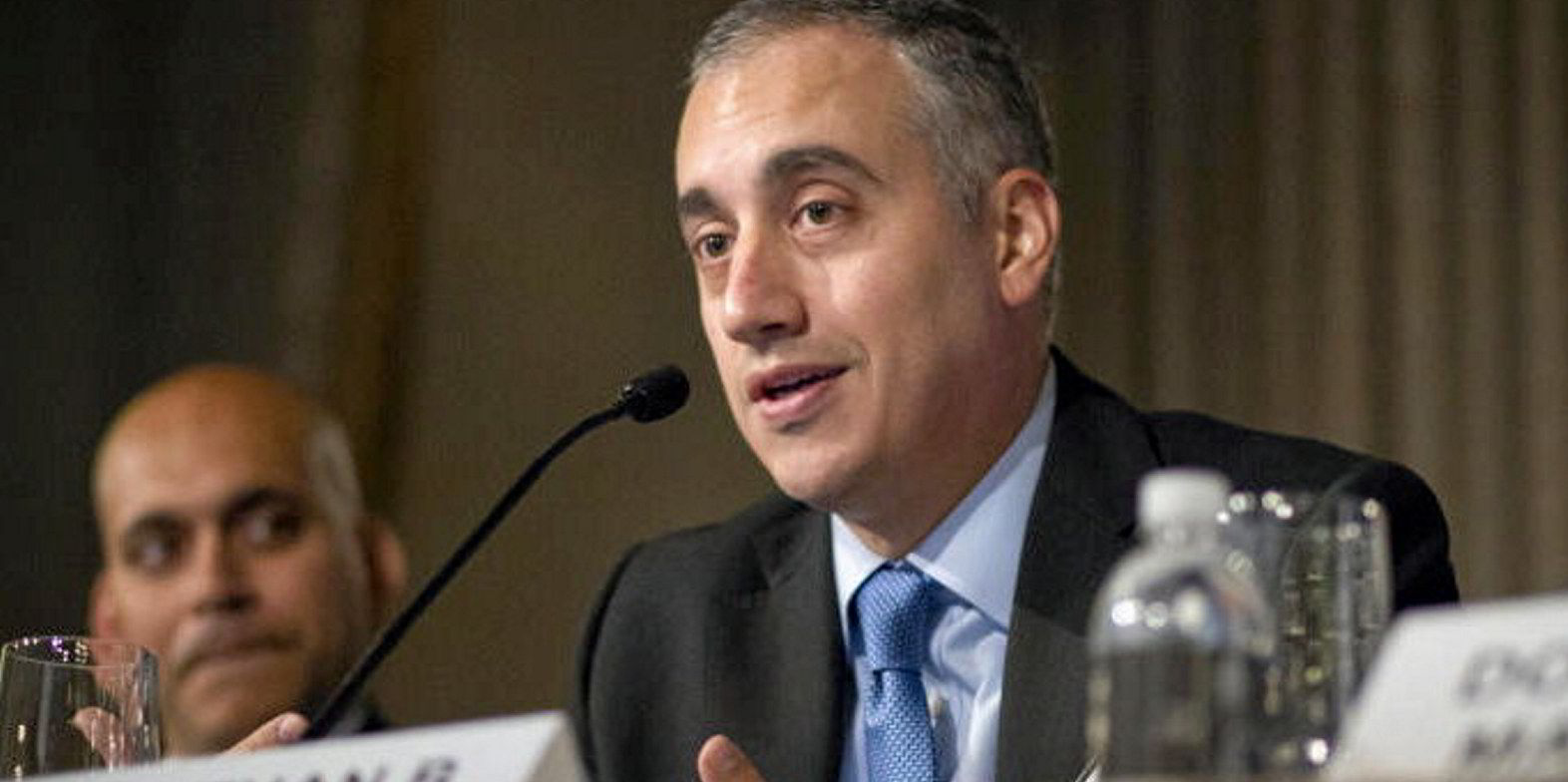
Further, NAT has trailed Euronav, Frontline and Teekay by an average 17% in suezmax time charter equivalent earnings since the beginning of 2016.
This has translated to share price, with NAT no longer the investor darling. Its performance year to date, over the past three months and off cyclical lows is the second-worst among tanker companies under Evercore’s coverage.
With Chappell a firm believer – after much deliberation – in a tanker market rebound, NAT is the only stock in the group to earn a “hold” rating rather than a “buy”. He’s not alone, with NAT in “hold” territory for Fyhr and Jefferies analyst Chris Robertson as well.
While it might be interesting to hear Hansson defend NAT’s strategy under questioning from the researchers, the shipowner goes its own way in not holding regular quarterly earnings calls.
They are not a priority.
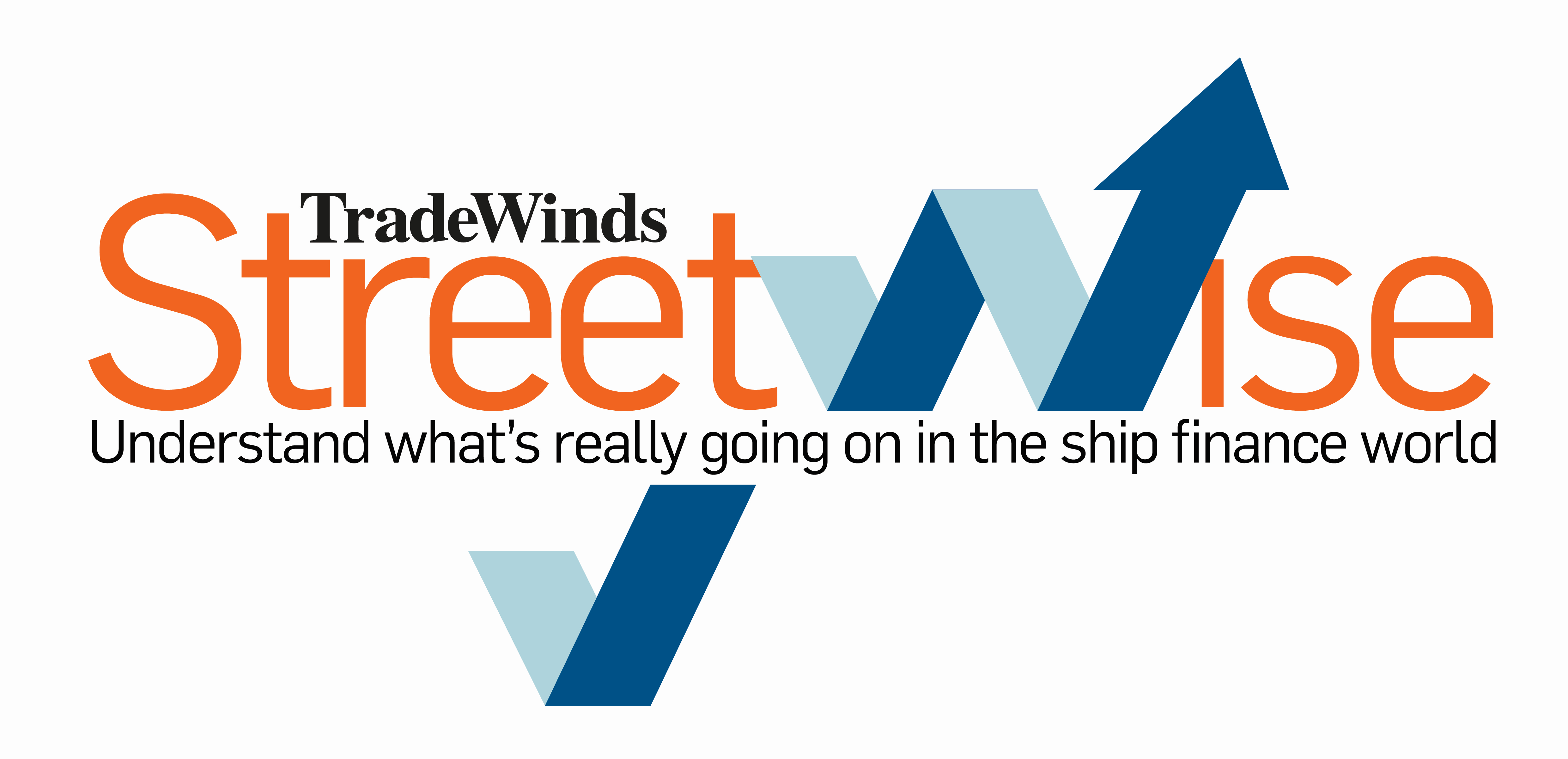
So there are Hansson’s unorthodox letters instead. And he can hit some highlights.
NAT is on a fleet renewal programme that already has seen its average age drop to 11.3 years from 13.8. Its debt is lower than it’s been at $226.9m compared to $442.8m in 2016. And with stronger rates expected, “Going forward we expect to use the ATM to a lesser extent.”
Maybe, just maybe, the next dividend will flow from an actual operating profit.
It will be 100 straight. It will be a priority. But is anyone still listening?
More shipping finance news
- Ship manager Columbia Group has boosted financing options for clients through an investment in Germany’s Ahorn Capital. Group subsidiary Columbia Finance Solutions (CFS) has bought an unspecified stake in the Hamburg-based platform for institutional and professional investors. Click here to read the story.
- Portfoliomanagement, Germany’s so-called ‘bad bank’, has posted “exceptionally high” profit for 2021 as it continues to offload dozens of ships. Click here to read the story.
- Clarksons Platou Securities has solved a vacancy in a key research position that has drawn much interest within analyst ranks by tapping one of its own key staffers to lead coverage of US-listed stocks. Click here to read the story.
